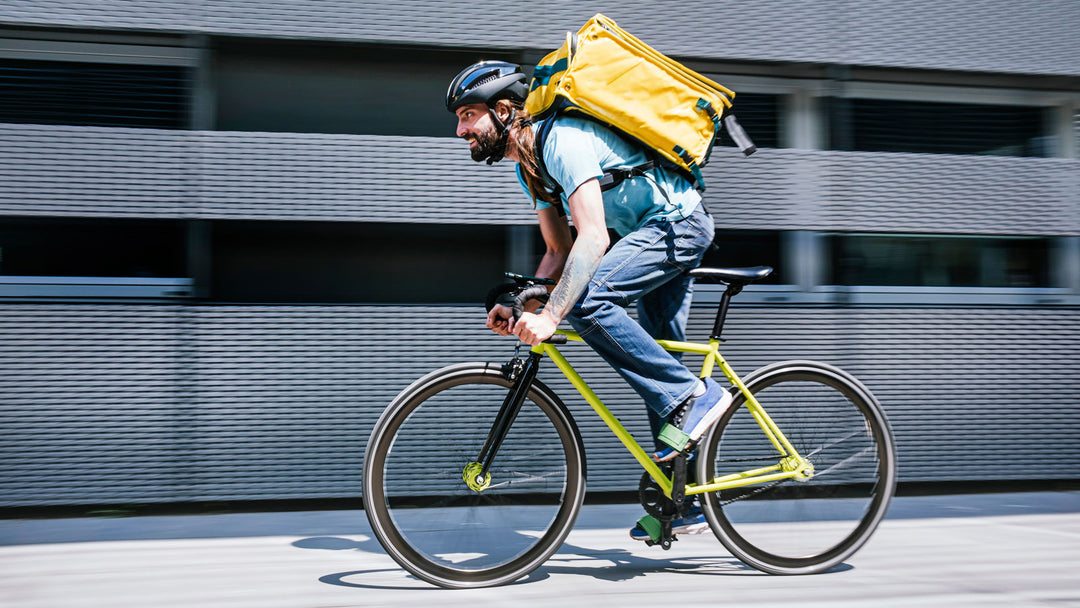How to Ride Safely at Night: Lights & Visibility Tips
How to Ride Safely at Night: Lights & Visibility Tips
Introduction
Riding your bike at night can be a serene and enjoyable experience, but it also poses unique challenges, primarily related to visibility and safety. Ensuring that you are well-lit and can be clearly seen by others is paramount. In this post, we'll explore essential tips and techniques to enhance your visibility and safety while cycling in the dark.
Essential Lighting for Night Riding
Front and Rear Lights
- Front Lights: A bright white light is crucial. It should be strong enough to illuminate the path ahead and make you visible to oncoming traffic. Look for lights with at least 400 lumens for urban riding.
- Rear Lights: A red rear light is mandatory. Opt for a flashing red light as it draws more attention than a steady light.
Side and Helmet Lights
- Side Lights: Adding amber side lights can help make you more visible from the sides. This is particularly useful at intersections.
- Helmet Lights: A light on your helmet helps you see and be seen from a higher vantage point. It also moves with your head, providing visibility in the direction you’re looking.
Reflective Gear
Invest in reflective clothing or add reflective tape to your bike and gear. Reflective elements can dramatically increase your visibility to other road users.
Visibility Tips
Wear Bright Clothing
Choose bright and reflective clothing. Neon colors like yellow, green, and orange are most effective at night.
Use Reflective Decals
Apply reflective decals on your bike’s frame, rims, or spokes. These can catch the light from car headlights and stand out in low-light conditions.
Adjust Light Angles
Position your lights to ensure they are visible but not blinding to others. The front light should be angled slightly down to avoid dazzling oncoming traffic.
Consistent Light Usage
Even in well-lit urban areas, always use your lights. This helps you stay visible in areas of shadow or unexpected darkness.
Maintenance and Battery Life
Regular Checks
Before each ride, check that all lights are working and securely attached. This includes checking for any damage or wear that could affect performance.
Battery Management
Always have fully charged batteries or a spare set. For longer rides, consider lights with longer battery life or carrying a portable charger.
Legal Requirements and Safety Practices
Know the Law
Be aware of local laws regarding required lights and reflectors. Compliance not only ensures safety but also avoids legal penalties.
Ride Predictably
Use hand signals and make predictable movements. Avoid weaving between cars or changing directions abruptly.
Plan Your Route
Choose routes with better street lighting and less traffic when possible. Familiarize yourself with the route to anticipate any potential hazards.
Conclusion
Night riding requires careful preparation and awareness. By enhancing your bike’s lighting, wearing appropriate gear, and adhering to safety practices, you can enjoy a safe and pleasant ride after dark. Remember, visibility is key—make sure you are seen!
> "Being seen is just as important as seeing."
Stay visible, stay safe, and enjoy the ride!
Read more safety tips here or join our community for more cycling insights!






